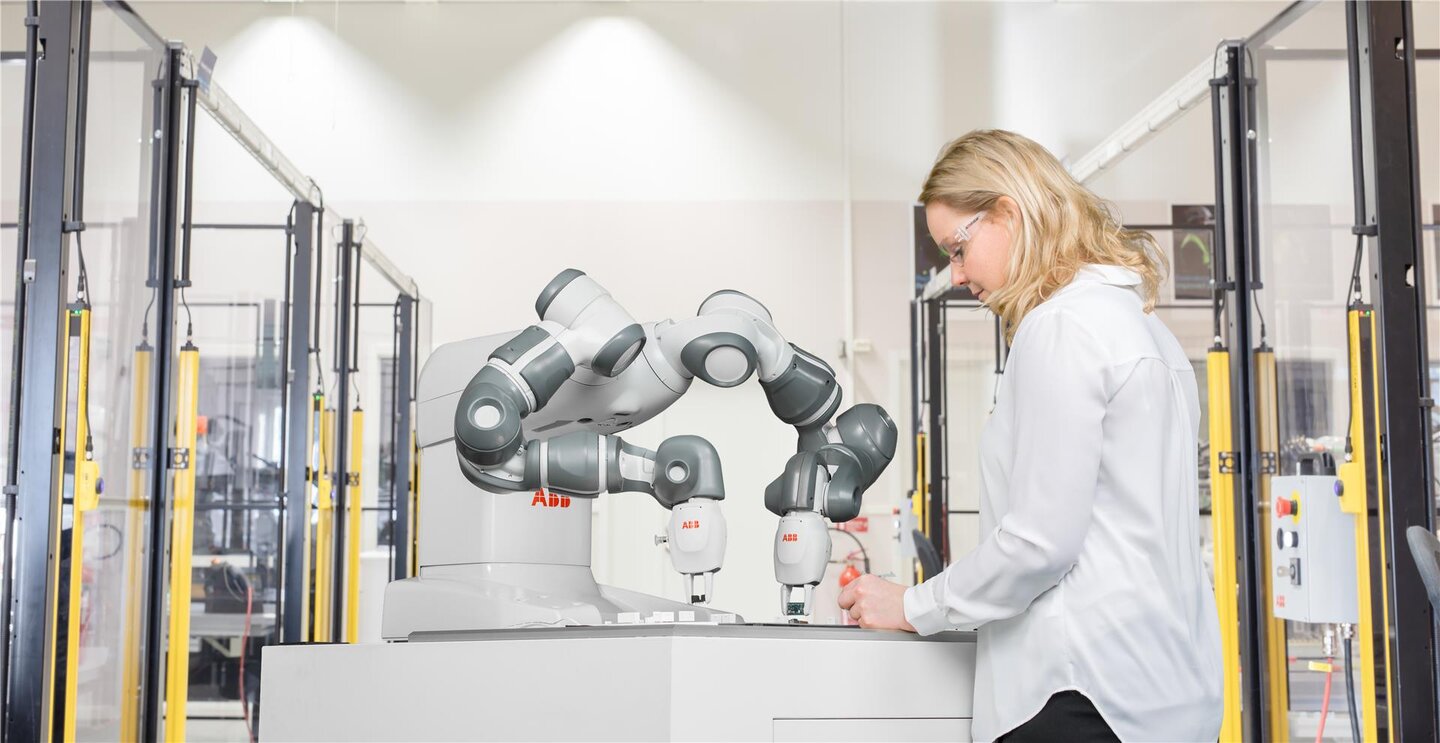Highlights from the IEA (International Ergonomics Association) congress – what’s hot and under discussion at the moment in industrial ergonomics
31.8.2021During one week in June 2021, around 1300 attendees around the world gathered virtually to discuss the role of the emerging technologies to human applications at work. The amount of information shared by the researchers and practitioners resulted to 800 presentations, 4500 pages of the conference proceedings and numerous interesting discussions about the relevant topics for all of us in the middle of the Industry 5.0.
One hot discussion topic was emerging technologies, such as human-robot collaboration, artificial intelligence and exoskeletons, which are expected to assist workers in the future in the prevention of the work-related musculoskeletal disorders (WMSD).

Still high prevalence of work-related musculoskeletal disorders (WMSD)
Despite many ergonomic success stories at EU work places, like reduced heavy lifting and carrying, and increased amount of both risk assessments and preventive initiatives at work, we all are still struggling to decrease the prevalence of WMSDs.
So far, despite the ongoing robotization too, manual work has still not decreased essentially, at least not in the logistics. Although we have seen many examples of the highly automated logistics centers, still 80 % of the warehouses are operated manually and these tasks commonly require pushing, pulling or lifting and carrying of the loads.
Cobots and exoskeletons to help workers to stay healthy
Regarding the human-robot collaboration (HRC) technologies, many essential factors already exist for the frequent use of the collaborative robots (cobots). Therefore, we might see these cobots working aside with human workers in large scale already by 2025.
Exoskeletons, supporting mechanical frames for human workers, instead, will still require more research, both for active and passive models. There are still issues such as safety and regulative standards as well as the acceptance of the users. Thus exoskeletons might be seen regularly in the industrial use more likely at the earliest in 2025-2030.
For all the technologies related to the human-robot collaboration the aspects of cognitive ergonomics need to be considered carefully as the quality of the interaction between cobots and humans determines the performance of the work process.
Artificial intelligence and computer vision based ergonomic assessments
Artificial intelligence (AI) and computer vision (CV) are expected to help in the ergonomics assessments within 5-10 years and thus might also help to reduce risk of WMSDs.
Although some of the applications are already available in the market, more development will still be needed. It has been argued that biomechanics aspects would not be enough to determine the entire risk. As both mental and physiological fatigue are risk factors for WMSDs, these factors should be embedded in the assessment as well. Similarly, to tackle the problem of the fatigue during the work shift, there are already applications in the market that are based on physiological measurements and which suggest to take pauses early enough in order to maintain sufficient energy level during the work shift.
Good ergonomics is good economics: effective design of emerging technologies needed
During the congress it became evident that too often, one critical thing is not taken into account in the design or development process of the emerging technologies, and that is human factors and ergonomics.
This is contradictory to the desire of the companies to improve their performance and at the same enhance the work ability of their workers.
Although ergonomics is not necessarily a goal, it is an impressive tool for increasing productivity and well-being as a side effect. The former president of IEA, Hal W. Hendrik has stated extremely well: “good ergonomics is good economics”. Therefore, it will be extremely important how well we will adopt a human-centric approach for the design and implementation of these emerging technologies in our workplaces.
Jonna Patama, Treston Product Group Manager
Treston is a member of IEA and active in study and discussions of ergonomics.
Sources used: Presentations in the 21st Triennial Congress of the International Ergonomics Association, thank you for all the researches and practitioners.
More reading about the topic:
- Industry 5.0 in European industry: https://ec.europa.eu/info/research-and-innovation/research-area/industr…
- International Ergonomics Association: https://iea.cc/about/iea-triennial-report-2018-2021/



















